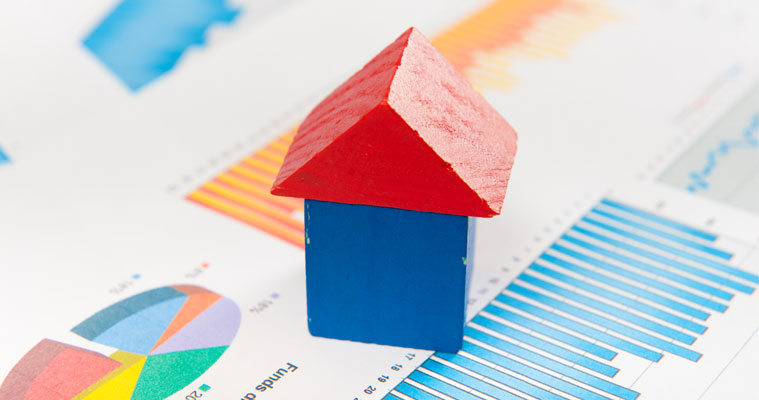According to the Australian Bureau of Statistics, 75 percent of Australian property investors are giving away some of their tax refund because they don’t claim depreciation on their tax returns.
Depreciation is a deduction that can be claimed against the building, fixtures and features of your investment property.
Unlike bank interest, council rates and maintenance, there don’t have to be any ongoing expenses to claim depreciation – only the cost of the quantity surveyor to prepare the tax depreciation schedule (usually $600-700).
Depreciation shouldn’t be the sole reason for buying an investment property, but it’s a useful tax benefit that can help with the holding costs of your property.
Here’s how to claim depreciation on an investment property. Firstly, determine whether your asset is a depreciating or appreciating one.
APPRECIATING ASSETS
These are used to generate income, and increase in value over time. In Australia, most capital assets are subject to Capital Gains Tax (CGT), which is levied on the increase in value when they’re sold.
DEPRECIATING ASSETS
These are used to generate income, and decrease in value over time. In Australia, depreciating assets can have their depreciation deducted as an expense against the income they generate.
An investment property consists of a depreciating asset (the building) and an appreciating asset (the land), with different tax implications.
WHICH METHOD?
Depreciation can be calculated in two ways:
PRIME COST METHOD. This assumes that the asset’s value decreases evenly over its effective life, so a fixed depreciation amount can be claimed each year.
The depreciation tax benefit for buildings is fixed at 2.5 percent for 40 years. Depreciation can also be claimed on carpets, blinds and light fittings at a quicker rate than 40 years according to their expected useful life. These are itemised on your tax depreciation schedule, which needs to be prepared by a quantity surveyor.
The depreciation benefit for new buildings, which have a higher value than equivalent older ones, can be substantial in the first few years of owning an investment property. This can assist with the holding costs in the early years.
The depreciation benefit can also turn a negatively geared property into a positively cash flowed property at tax time. That’s worth a lot more than the cost of the tax depreciation report!
DIMINISHING VALUE METHOD. This assumes that the asset’s value decreases at a higher rate than later on. It’s often used by investors who want to increase cash flow by claiming a higher depreciation expense in the early years of owning the property than subsequently.
Both calculation methods even out over time, because the asset eventually has zero value regardless of the method used. Your tax depreciation schedule shows both methods, and you should discuss with your accountant which method is best for your financial situation.
THINGS TO CONSIDER
- Properties that are older than 40 years without renovations offer no depreciation benefits. However depreciation can be claimed on any renovations.
- Apartments and townhouses often have the best depreciation allowances because they’re in complexes with common property maintained by the body corporate (to which the owners pay strata levies). The capital costs of the fixtures and fittings in those common areas are apportioned to the units, resulting in higher depreciation benefits.
Small complexes, such as townhouses and villas, offer better depreciation than large blocks of apartments, because the depreciation on the units can offset the often high strata levies charged by body corporates.
- When an investment property is sold, CGT applies and the depreciation benefits are factored in and increase the capital gains tax to be paid. This is why professional advice is valuable when investing. Many successful investors never sell their investment properties because this can erode some of the gains made over the years.
- The depreciation on a new $450,000 house can be around $10,000 in the first year alone. Multiply that by the properties in your portfolio, and you’re well on your way to developing a great cash flow through property, leading to financial freedom!

